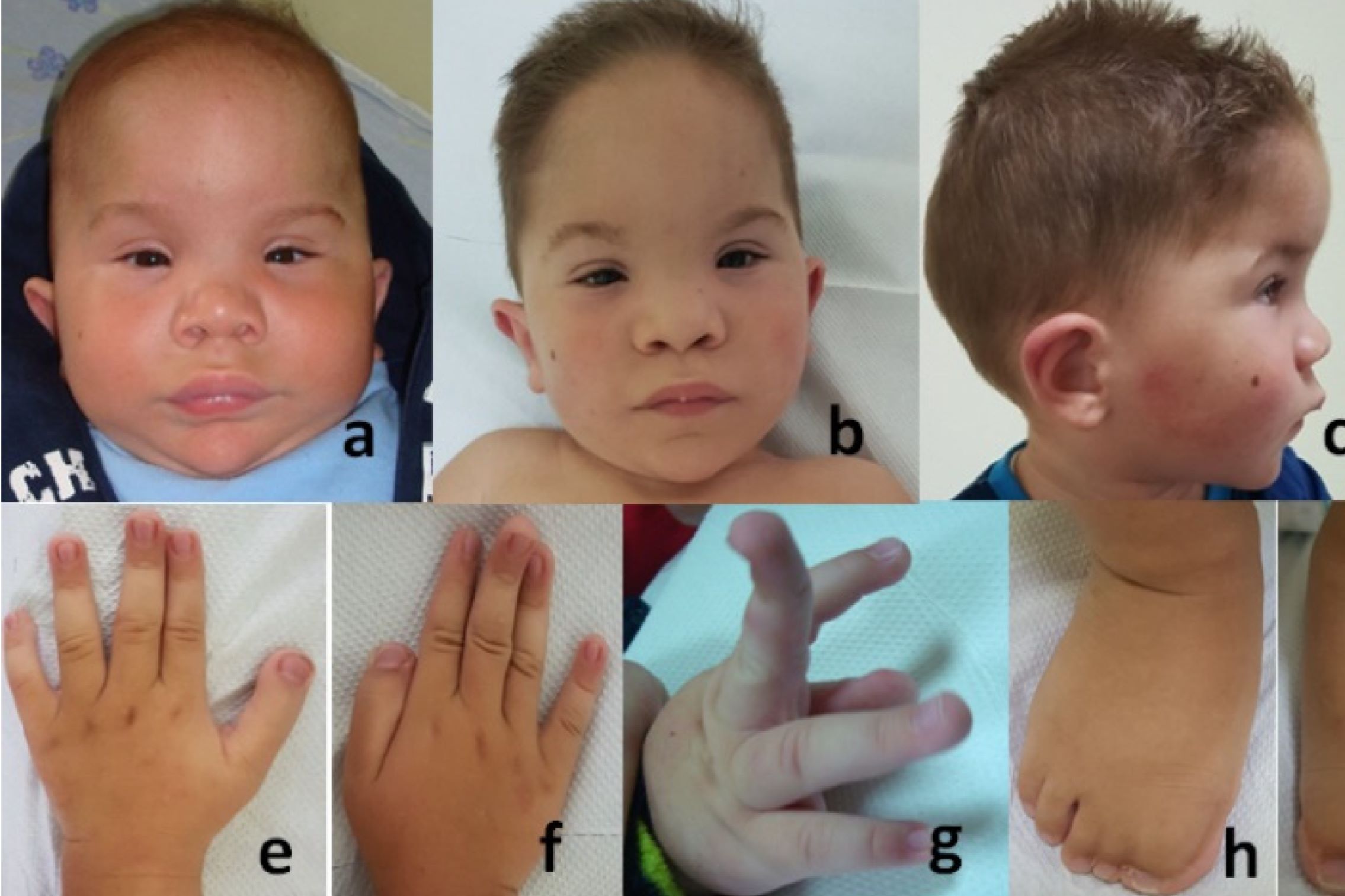
Greig Cephalopolysyndactyly Syndrome (GCPS) is a rare genetic disorder that affects the development of the limbs, head, and face. Caused by mutations in the GLI3 gene, this condition can lead to extra fingers or toes (polydactyly), fused fingers or toes (syndactyly), and an unusually large head (macrocephaly). Symptoms can vary widely, even among family members. Some people might have mild features, while others experience more severe physical differences. Diagnosing GCPS often involves genetic testing and a thorough clinical evaluation. Treatment focuses on managing symptoms, which may include surgery to correct limb abnormalities. Understanding GCPS can help families and medical professionals provide better care and support for those affected.
Key Takeaways:
- Greig Cephalopolysyndactyly Syndrome (GCPS) is a rare genetic disorder affecting limb and facial development, with distinct physical traits. Early diagnosis and treatments can improve quality of life for affected individuals.
- Genetic counseling and family planning play a crucial role in managing GCPS. Ongoing research and collaboration among researchers offer hope for better understanding and future treatments.
What is Greig Cephalopolysyndactyly Syndrome?
Greig Cephalopolysyndactyly Syndrome (GCPS) is a rare genetic disorder that affects the development of the limbs, head, and face. Named after the Scottish physician David Middleton Greig, who first described it, this condition presents a unique set of challenges and characteristics.
-
GCPS is caused by mutations in the GLI3 gene. This gene plays a crucial role in the development of various body parts during embryonic growth.
-
The syndrome is inherited in an autosomal dominant pattern. This means only one copy of the altered gene is needed to cause the disorder.
-
GCPS affects approximately 1 in 1,000,000 people. Its rarity makes it a subject of interest for genetic researchers and medical professionals.
Physical Characteristics of GCPS
Individuals with GCPS often exhibit distinct physical traits. These characteristics can vary in severity and presentation.
-
Polydactyly is a common feature. This means having extra fingers or toes, which can occur on one or both hands and feet.
-
Syndactyly is also prevalent. This involves the fusion of fingers or toes, giving them a webbed appearance.
-
Macrocephaly is another hallmark. This refers to an abnormally large head size, which can be noticeable at birth or develop over time.
-
Hypertelorism is frequently observed. This condition involves an increased distance between the eyes, contributing to distinct facial features.
Diagnosis and Detection
Early diagnosis of GCPS can help manage symptoms and plan appropriate treatments. Various methods are used to identify the syndrome.
-
Prenatal ultrasound can detect physical anomalies. This imaging technique can reveal limb abnormalities and other signs of GCPS before birth.
-
Genetic testing confirms the diagnosis. By analyzing the GLI3 gene, doctors can identify mutations responsible for the syndrome.
-
Physical examination by a specialist is crucial. A thorough assessment by a geneticist or pediatrician can help identify characteristic features of GCPS.
Treatment and Management
While there is no cure for GCPS, various treatments can help manage symptoms and improve quality of life.
-
Surgical intervention may be necessary. Procedures to correct polydactyly and syndactyly can enhance hand and foot function.
-
Regular monitoring of head growth is important. Macrocephaly can lead to increased intracranial pressure, requiring medical attention.
-
Physical therapy can aid mobility. Exercises and therapies can help individuals with GCPS develop better motor skills.
-
Occupational therapy supports daily activities. This therapy focuses on improving the ability to perform everyday tasks.
Genetic Counseling and Family Planning
GCPS has implications for family planning and genetic counseling. Understanding these aspects can help affected families make informed decisions.
-
Genetic counseling is recommended for affected families. Counselors can provide information about inheritance patterns and risks for future pregnancies.
-
Prenatal testing options are available. Techniques like amniocentesis and chorionic villus sampling can detect GCPS during pregnancy.
-
Family history plays a significant role. Knowing the genetic background can help assess the likelihood of passing the syndrome to offspring.
Research and Future Directions
Ongoing research aims to better understand GCPS and develop new treatments. Scientists are exploring various avenues to improve outcomes for affected individuals.
-
Animal models are used in research. Studying GCPS in animals helps researchers understand the genetic and developmental aspects of the syndrome.
-
Gene therapy holds potential. Although still in experimental stages, gene therapy could offer future treatment options for GCPS.
-
Patient registries contribute to research. Collecting data from individuals with GCPS helps researchers identify patterns and develop new insights.
-
Collaboration among researchers is key. International efforts and sharing of information can accelerate progress in understanding and treating GCPS.
-
Awareness and advocacy are growing. Increased awareness of GCPS can lead to better support and resources for affected individuals and their families.
Final Thoughts on Greig Cephalopolysyndactyly Syndrome
Greig Cephalopolysyndactyly Syndrome (GCPS) might sound like a mouthful, but understanding it can make a big difference. This rare genetic disorder affects the development of the limbs, head, and face. Knowing the signs, like extra fingers or toes and a large head, can help with early diagnosis. Early intervention can improve quality of life for those affected. Genetic counseling is also crucial for families, offering guidance and support. Researchers continue to study GCPS, hoping to find better treatments and possibly a cure. Awareness and education are key in supporting individuals with GCPS and their families. By spreading knowledge, we can foster a more inclusive and understanding community. Remember, every bit of information helps in making a positive impact.
Frequently Asked Questions
Was this page helpful?
Our commitment to delivering trustworthy and engaging content is at the heart of what we do. Each fact on our site is contributed by real users like you, bringing a wealth of diverse insights and information. To ensure the highest standards of accuracy and reliability, our dedicated editors meticulously review each submission. This process guarantees that the facts we share are not only fascinating but also credible. Trust in our commitment to quality and authenticity as you explore and learn with us.
